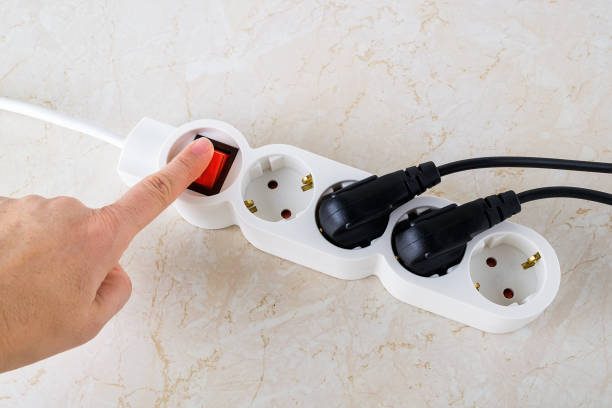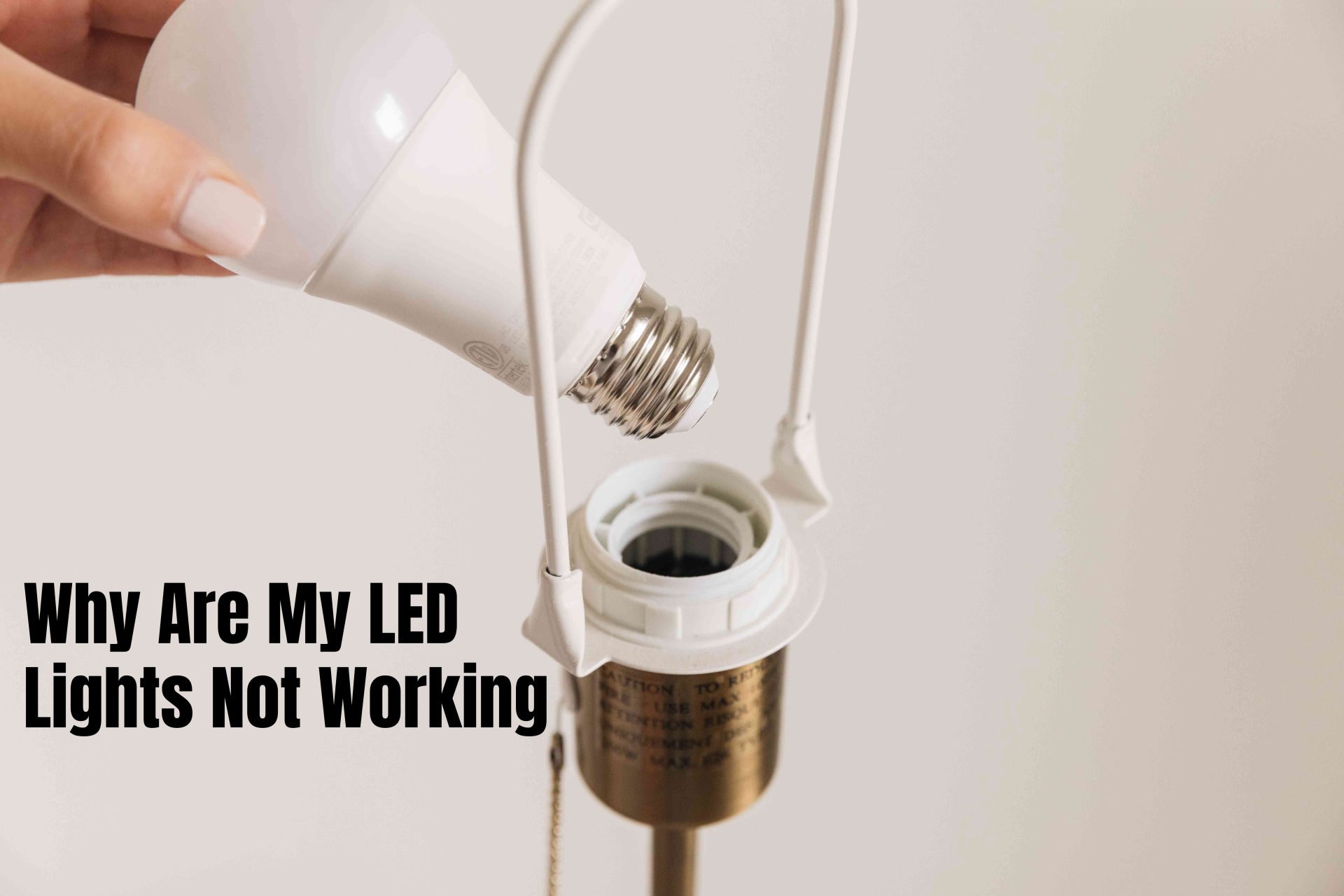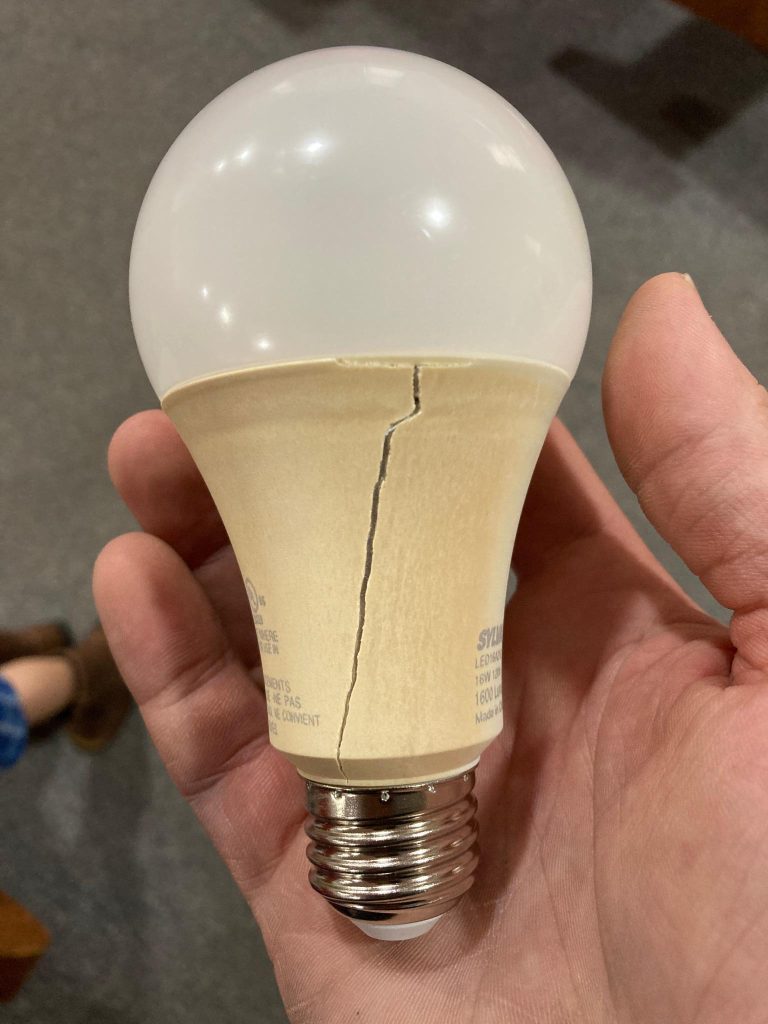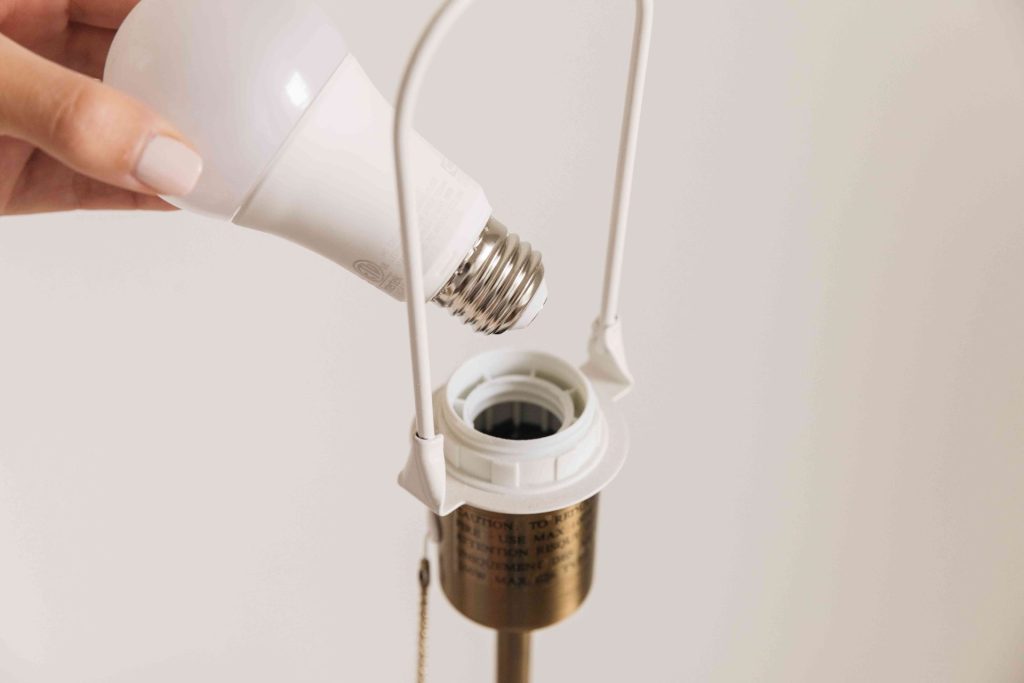
Explore common reasons why LED lights won’t turn on, from faulty wiring and incorrect installations to dead bulbs and power […]

In the era of modern illumination, LED lights are by far the most highly preferred choice by home and business owners alike to illuminate the internal spaces, due to their energy efficiency, long lifespan, and versatility.
However, these owners may get frustrated and confused from certain issues that could arise with LED lights, including improper operation, flickering or unusual dimming.
LED Brilliance Starts Here, Just $33. Shine Brighter, Save More!
Our Team of Experts Will Guide You Through The ESS Lighting Upgrading Process To Ensure You Achieve The Most Effective Energy Efficient Improvement Possible, GUARANTEED!
A Brighter Home, A Brighter Future!
If you are scratching your head and wondering, “Why are my LED lights not working?”, you don’t need to worry as we list a few of the most common reasons why your LED lights fail to perform as expected.
Even though this is the most basic suggestion, it is a crucial aspect when it comes to dealing with malfunctioning LED lights.
Ensure that the lights are plugged in correctly and securely. Sometimes, a loose connection or a faulty power outlet can be the reason. Try plugging the lights into a different outlet to rule out the possibility of a faulty socket.

Check the wiring of your bulb for any visible signs of damage or wear. Over time, wires can weaken and lose their protection, causing disruptions in the flow of electricity. If you detect any faulty wires or damage, it’s necessary to replace them immediately to prevent any safety hazards and ensure the proper functioning of your lights.
Examine the LED bulbs closely for any signs of scratches, burn marks, or loose connections. If you come across any damaged bulbs, replace them with new ones that have the same specifications and build type. If your bulbs are connected in a series structure, a single faulty bulb can cause the entire string of bulbs to malfunction.
If you’re still unable to locate the cause of the problem, consider checking the user manual or product documentation that is provided with the LED lights. The manufacturer’s guidelines should highlight the procedure to follow in case of unexpected problems specific to your model of lights.
Follow any recommended steps or procedures outlined in the manual to diagnose and rectify the issue.

LED lights are known for their efficiency; they produce a small amount of heat and operate at low energy consumption. It is important to note that they still produce heat, especially if they are operating at high levels of brightness for extended periods of time.
Overheating can trigger premature failure of the LED components or even trigger built-in thermal protection malfunctions, causing the lights to turn off. Allow the lights to cool down before attempting to use them again for long periods of time and avoid overloading them with excessive power.
LED lights are generally immune to environmental conditions, but extreme temperatures, humidity, or exposure to moisture can impact their performance. Check if the lights are installed in an environment that exceeds their maximum rated operating conditions.
Consider relocating them to a more suitable environment or try adding extra layers of protection to shield them from harsh environments that can cause damage to the hardware of the bulb.
Despite their reliability, LED lights can still experience defects or manufacturing flaws. If you’ve exhausted all troubleshooting steps and the lights remain non-functional, it’s possible that one or more components of the LED fixtures are defective.

Contact the manufacturer or retailer for warranty support or replacement options.
For smart LED lights equipped with advanced control features or integrated with home automation systems, software glitches or compatibility issues with the control interface may be the root cause of malfunction.
Perform a reset or update the firmware/software of the control system to resolve potential issues and restore proper functionality to the LED lights.
Dealing with LED lights that turn off unexpectedly or flicker can be frustrating, but with systematic troubleshooting and close attention to specific details, most issues can be resolved effectively.
By identifying potential causes such as power supply issues, wiring faults, compatibility concerns, environmental factors, or defective components, you can take proactive measures to rectify the issues and enjoy uninterrupted illumination from your LED lights once again.
Remember to be cautious and prioritize safety when dealing with electrical components or troubleshooting the operation of lights.
If uncertain or uncomfortable with DIY fixes, it is recommended to seek assistance from qualified electricians or technicians. Going through the proposed measures with persistence and patience, will allow you to illuminate your space with the brilliance of LED lighting systems for years to come.